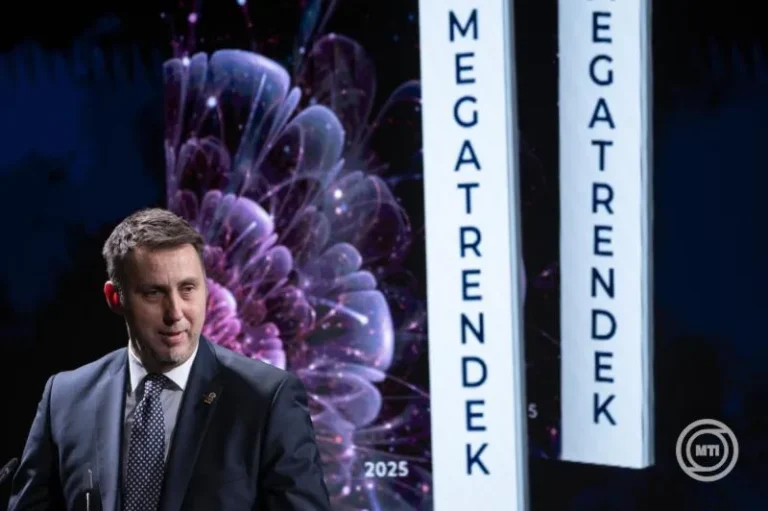money
Hungary spends EUR 100 million rebuilding a ghost village — in Azerbaijan

BREAKING: Hungary to raise minimum wage next year

Poster campaign launched featuring Zelensky, von der Leyen, and Péter Magyar advocating tax rises in Hungary

Disappearing cash, rising online scams: how digitalisation is transforming our finances in Hungary

Good news for guest workers: minimum wage may increase significantly in Hungary

Airlines fined for consumer protection violations in Hungary

New 24/7 currency exchange machine unveiled in downtown Budapest!

PM Orbán uses misleading claims in his new Christmas campaign video

Saddening: Fewer and fewer Hungarians can afford a one-week holiday

Orbán’s narrative of financial collapse is causing confusion among investors

The rich–poor wage gap in Hungary just hit a shocking new high

Hungarian central bank deputy governor resigns, forint slips on announcement

Budapest housing market reshuffled: Here are the newest targets

Would you come to work in Hungary? The median wage is a bit above the psychological barrier in euro

Budapest property market turned upside down: you can swap your panel flat for a brand-new build, free of charge!

Grand acquisition: MBH Bank owned by close friend of PM Orbán buys real estate broker

Revealed: These nationalities buy the most property in Hungary – surprising countries in the top ranks

Wizz Air hit with massive fine in a European country over its “All You Can Fly” subscription





 ZH
ZH IT
IT DE
DE HR
HR NL
NL FR
FR JA
JA RO
RO RU
RU ES
ES TR
TR
